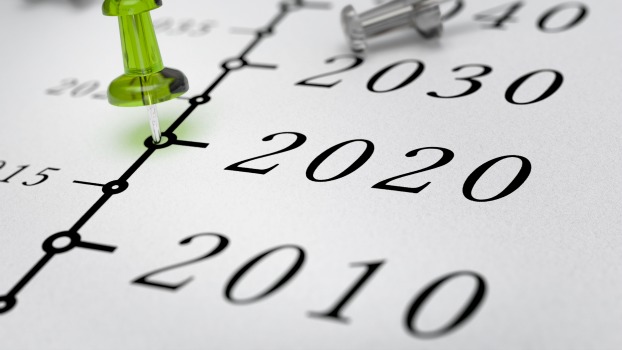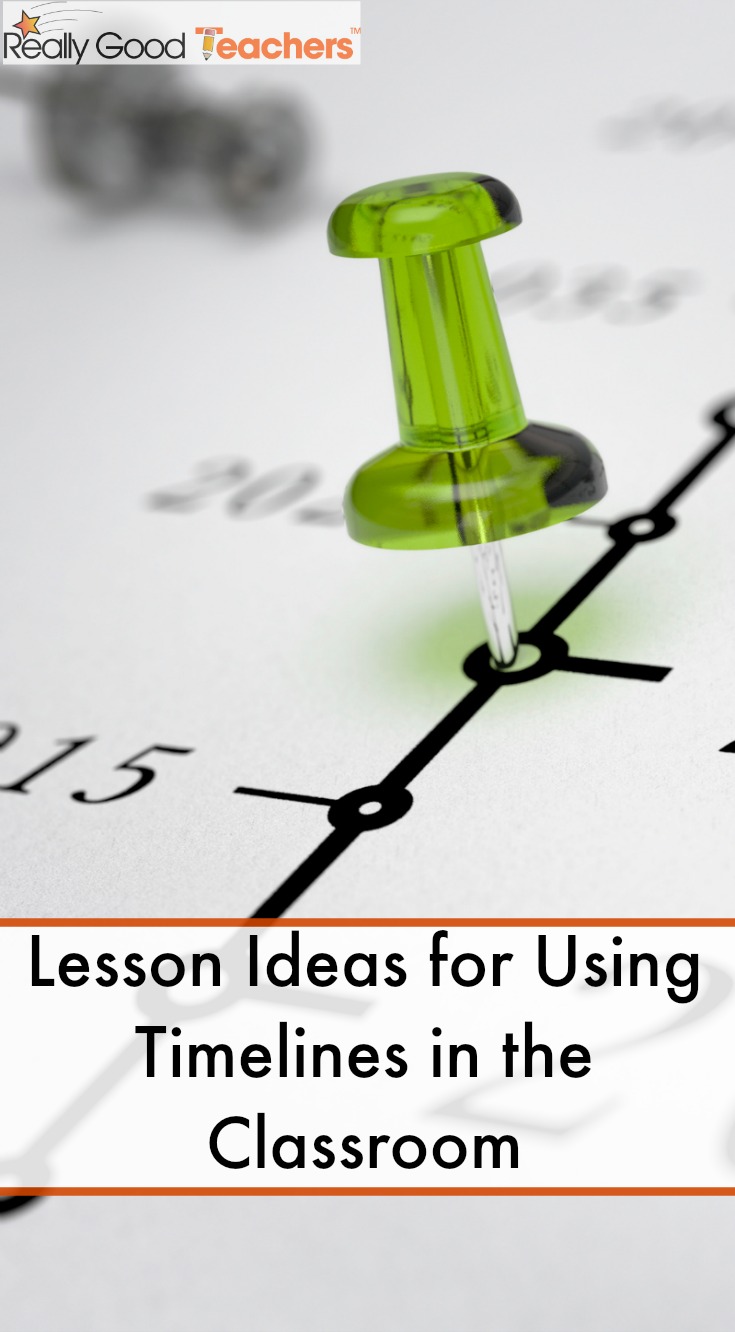
When students are learning to sequence events, there is no better visual representation than a timeline. Using a visual to help students understand when things happened in relation to other events is a great way to incorporate different learning modalities. Whether you create your own or use a pre-made timeline there are some great ideas for making them an effective part of your lesson.
Ways to Use Timelines in the Classroom
A Timeline of the School Year
If you are new to timelines, consider starting off with an easy concept. Together with your students, you can create a timeline of the school year which chronicles important events as they happen. This is a great way to bring the class together and create a sense of community. Add events to the timeline on Friday afternoons. If the school year has already started, have students think back to the first day. They will get practice sequencing events as they discuss what happened up until the present day. By the end of the year, you will have a detailed timeline that highlights the special moments that made the year so unique.
Science
Figuring out what comes first, whether it is in the life cycle of a butterfly or the eruption of a volcano, is an important part of scientific exploration. Encourage younger students to use a pictorial timeline outlining the stages as they happen. Older students can write the timeline as more of an outline, describing each stage in depth. It will allow you to quickly and easily check to see which students grasp the concept and which ones need more help.
History
Many people think of timelines only in terms of history events. If you would like your students to detail a particular period in history, a timeline is a great way to do it. A timeline can be of a broad topic, such as the birth of America, or a narrow sequence of events, such as the moments leading up to President Lincoln’s assassination. If you have students create timelines for each period in history that you study, at the end of the school year each student will have a complete timeline for everything that you have covered during the year.
Reading
Many students struggle with remembering the sequence of events in stories, but timelines are the perfect tool for helping them keep the story events in order. Younger students can draw pictures of what happens, while older students can write descriptions of the events. This is particularly helpful when reading biographies and books about historical events.
Getting to Know You
Autobiography timelines are also a fun way for your class to show off their timeline skills. They can use a paper person cut-out, decorate it to look like themselves, and have the cut-out travel along the timeline as they tell their life stories. Have students present their timelines to the class or show them off to parents at Back-to-School Night or Parent-Teacher Conferences.
Students can also use timelines to explain what they know during assessments or presentations. Whether the events are displayed in pictures or are written out in short blurbs, the visual reminder of the sequence of events is great for students to have. This year, walk the line with your class and keep the events of the year in order.
Share your ideas for using timelines in class below! We’d love to hear how you use them.

I have a growing timeline on my wall, putting up historical and scientific events as we study them. I have also made label to mark the centuries. This is to help students learn that the 1700’s is the 18th century. This concept is often confusing.
In our social studies book there is always a running timeline across the top. In one of our units, I created a project where students create a short timeline of their own life. They have to pick 5 important events in their life, including their birth, plot it on the timeline, have a symbol or picture to represent the event, and write a brief caption. It’s one of my favorite projects because I learn so much about the students and what are important milestones in their development.
You know what I love about this, is that you can use these with any age. My 6th grade grade partner used these in her Reading and Language Arts. As a Kindergarten teacher, I use them in all my themes.
I want ideas for my project.
We make a large timeline display that takes up the whole first grade hallway. It focuses on famous people for Black History month. It works out great!